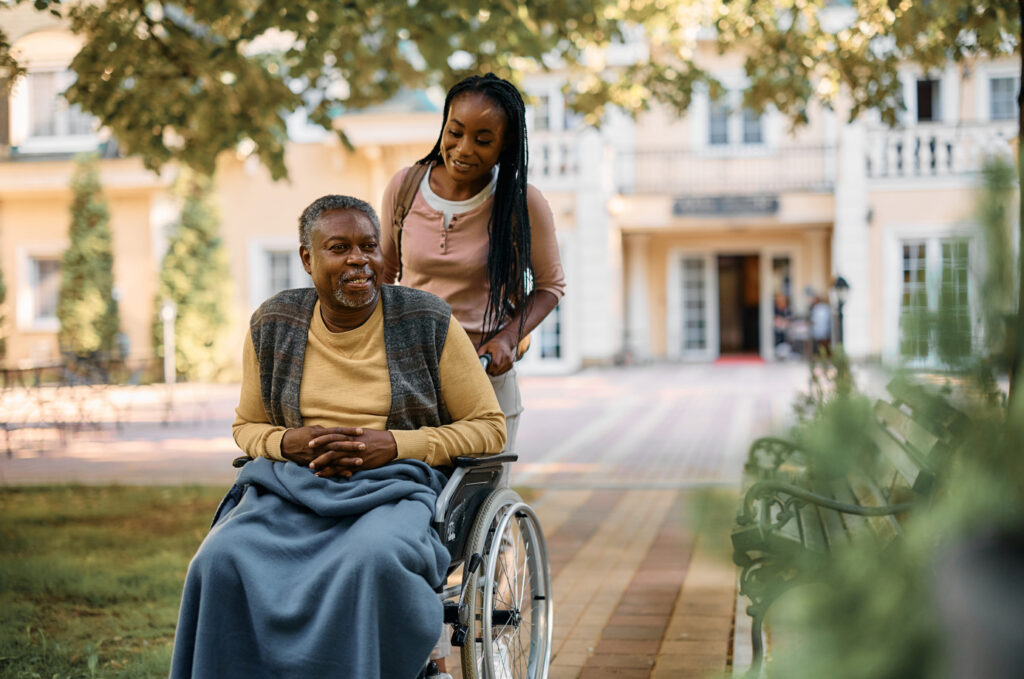The field of social justice ensures that every individual receives equalized rights and opportunities, including health-related rights. While the US places a lot of emphasis on increasing equality through social justice, inequality is still present. Even in the health industry, health disparities exist, and our job as physicians is to avoid this as much as possible.
The Root of Health Disparities
According to the CDC, health disparities surface for one or more of the following reasons:
- Poverty
- Individual factors
- Behavioral factors
- Lack of access to medical services
- Educational disparities
- Environmental factors
Medically-unrelated disparities are the social determinants of health (SDOH) that the CDC defines as “nonmedical factors that influence health outcomes.” These include social norms, racism, political systems, economic systems, development agendas, and more. They either make life easy or difficult for people, more simply put. Affordable food, safe housing, and health insurance are just a few examples.
Health literacy and equity are also important factors in determining social justice in the health industry. So much so that the US has determined the need to improve these areas by 2030.
Highlights of Health Disparity
Health equality in healthcare accounts for 30% of medical costs of Asian Americans, Blacks, and Hispanics in the US, according to Apha. Here are a few facts that show the presence of health disparities for many US residents:
- 15 more African American women are overweight compared to non-Hispanic white women
- In 2017, 16.1% of Hispanics, 10.6% of African Americans, 14.9% of American Indians and Alaska Natives, and 8.3% of Native Hawaiians and Pacific Islanders had no insurance, compared to 5.9% of non-Hispanic whites
- Hispanic women have a 40% increased chance to develop cervical cancer and are 20% more likely to die from it compared to non-Hispanic and white women
- Tuberculosis diagnoses occurred 35 times more frequently in Asian American populations compared to non-Hispanic whites in 2017
- In 2017, Native Americans where three times as likely to develop diabetes and 2.5% more likely to die from it compared to non-Hispanic whites
Many of these disparities are due to environmental or uncontrollable factors but we should strive to prevent them nonetheless. Cultural barriers are the main issues faced when trying to eliminate inequality in healthcare. These may take the form of language differences, desires to uphold traditions, and expectations that people have of doctors and the entire healthcare system.
Necessary Changes to Impose Health Equity
Physicians have a direct responsibility to promote social justice and health equity in healthcare through:
- Promoting a “health-in-all-policies” approach during their practice
- Talking to coworkers about health equality and encouraging the adoption of social justice approaches
- Encouraging people to vote and address voter restrictions
- Addressing systemic racism in norms, policies, practices, and values
- Supporting the fair allocation of shared resources
Other than taking an outspoken and public approaches, physicians should also look inward and address their personal prejudices and biases. Every person has a different perspective about the world borne out of a different upbringing lifestyle and life choices. These may often translate to implicit biases against certain categories of people.
Physicians will need to neutralize these biases so as to provide social equity in their services. The Harvard “Implicit Association Test IAT” will test your implicit associations and prejudices, and it’s entirely free. We at Primary Medical Care Center know that every major change begins with tiny steps made by every individual.
Societal changes start from personal transformations. And we need to make these changes in order to enhance our patients’ experiences in the health system. You can call us at (305) 751-1500 or use our online platform for more information!
